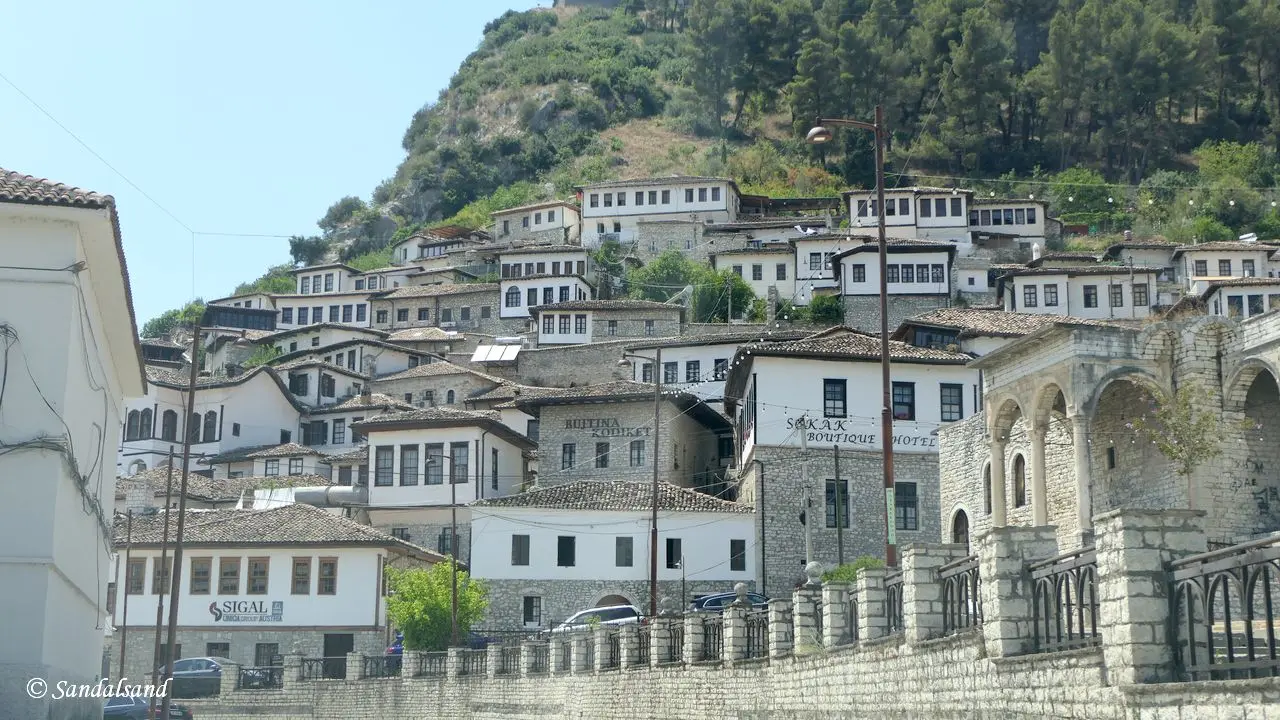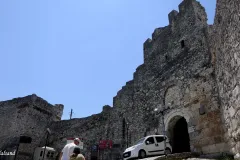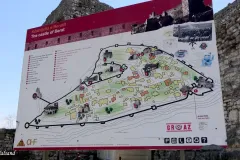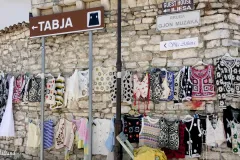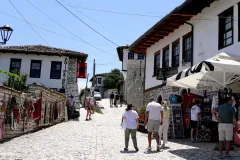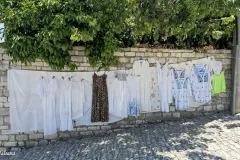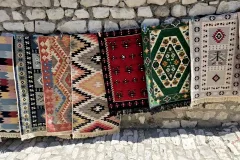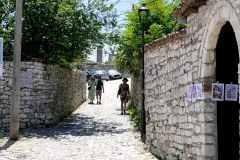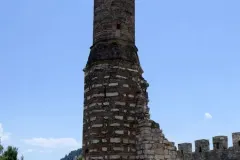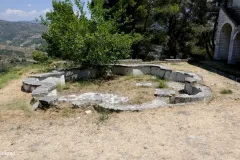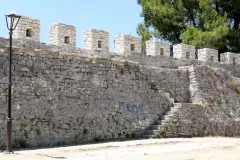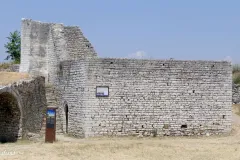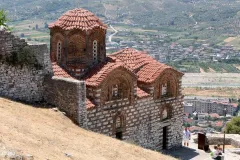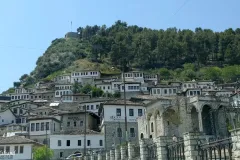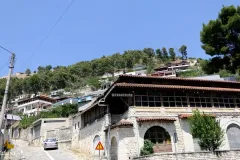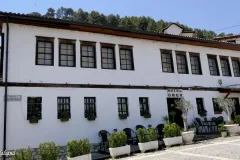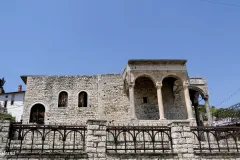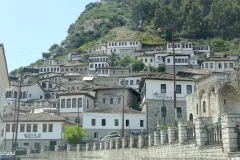Explore Albania’s UNESCO sites Berat and Gjirokastra, where Ottoman houses, stone streets, and hilltop citadels showcase Balkan history and culture.
The UNESCO World Heritage List includes over a thousand properties. They have outstanding universal value and are all part of the world’s cultural and natural heritage.
Official facts
- Official title: Historic Centres of Berat and Gjirokastra
- Countries: Albania
- Date of Inscription: 2005
- Category: Cultural
UNESCO’s World Heritage Centre’s short description of site no. 569:
Berat and Gjirokastra are inscribed as rare examples of an architectural character typical of the Ottoman period. Located in central Albania, Berat bears witness to the coexistence of various religious and cultural communities down the centuries. It features a castle, locally known as the Kala, most of which was built in the 13th century, although its origins date back to the 4th century BC. The citadel area numbers many Byzantine churches, mainly from the 13th century, as well as several mosques built under the Ottoman era which began in 1417. Gjirokastra, in the Drinos river valley in southern Albania, features a series of outstanding two-story houses which were developed in the 17th century. The town also retains a bazaar, an 18th-century mosque and two churches of the same period.
A bit more about the significance
Two Cities, Two Stories
Albania’s Historic Centres of Berat and Gjirokastra are striking examples of how architecture reflects history, culture, and human resilience. Both cities are perched on hillsides, yet each tells a unique story. Berat, known as the “City of a Thousand Windows,” is famous for its Ottoman-era houses stacked along steep slopes and its fortress overlooking the Osum River.
In contrast, Gjirokastra’s stone houses cascade down terraced hillsides, crowned by a massive citadel that dominates the valley below. Together, they offer a vivid glimpse into centuries of urban life in the Balkans.
Layers of History
These towns have witnessed continuous habitation since antiquity. Berat’s origins date back to the Illyrians and Byzantines, while Gjirokastra preserves medieval and Ottoman influences. Narrow cobbled streets wind between whitewashed houses, mosques, and churches, reflecting religious and cultural coexistence. Moreover, the use of local stone in both cities gives a harmonious character that blends architecture with the surrounding landscape.
Cultural Significance and Continuity
UNESCO inscribed Berat and Gjirokastra in 2005 for their outstanding universal value. The listing celebrates both the preservation of historic urban ensembles and the ongoing life of local communities. Visitors can trace centuries of craftsmanship, trade, and domestic life in the layout of streets, the design of houses, and the fortifications that dominate the hills. These cities remain living examples of how history and culture shape the urban landscape over time.
A visit to Berat
In 2025, I was on a Balkan road trip and managed a day trip to Berat. I began the morning in Tirana and reached Berat after a short detour to the coastal resort town of Durrës. The day ended at Lake Ohrid, another UNESCO site. Unfortunately, due to time constraints, I had to skip Gjirokastra in southern Albania.
Berat is divided into at least two main areas. I started with the former fortress perched on a high hilltop. There are few remains, but the superb panoramic view makes the climb worthwhile. Sections of the old walls still stand, along with ruins of two mosques and a large water cistern. Nearby, a beautiful Byzantine church adds a serene touch.
The most captivating part of the fortress area is the cluster of old stone houses just inside the main gate. Many are still inhabited; some provide accommodation, while others host handicrafts or offer a meal or snack. Visitors can park outside the gate and walk up the cobbled streets, though many choose the longer, steeper climb from the town below.
The town itself stretches along the southern slopes of the hill. Whitewashed stone buildings line quiet streets, and the river with its bridges adds a calm, atmospheric charm. Despite my brief stay, it was easy to see why Berat is called the “City of a Thousand Windows,” though I wish I had more time to fully soak in its unique character.
Read more
Find more articles from Albania on Sandalsand.

